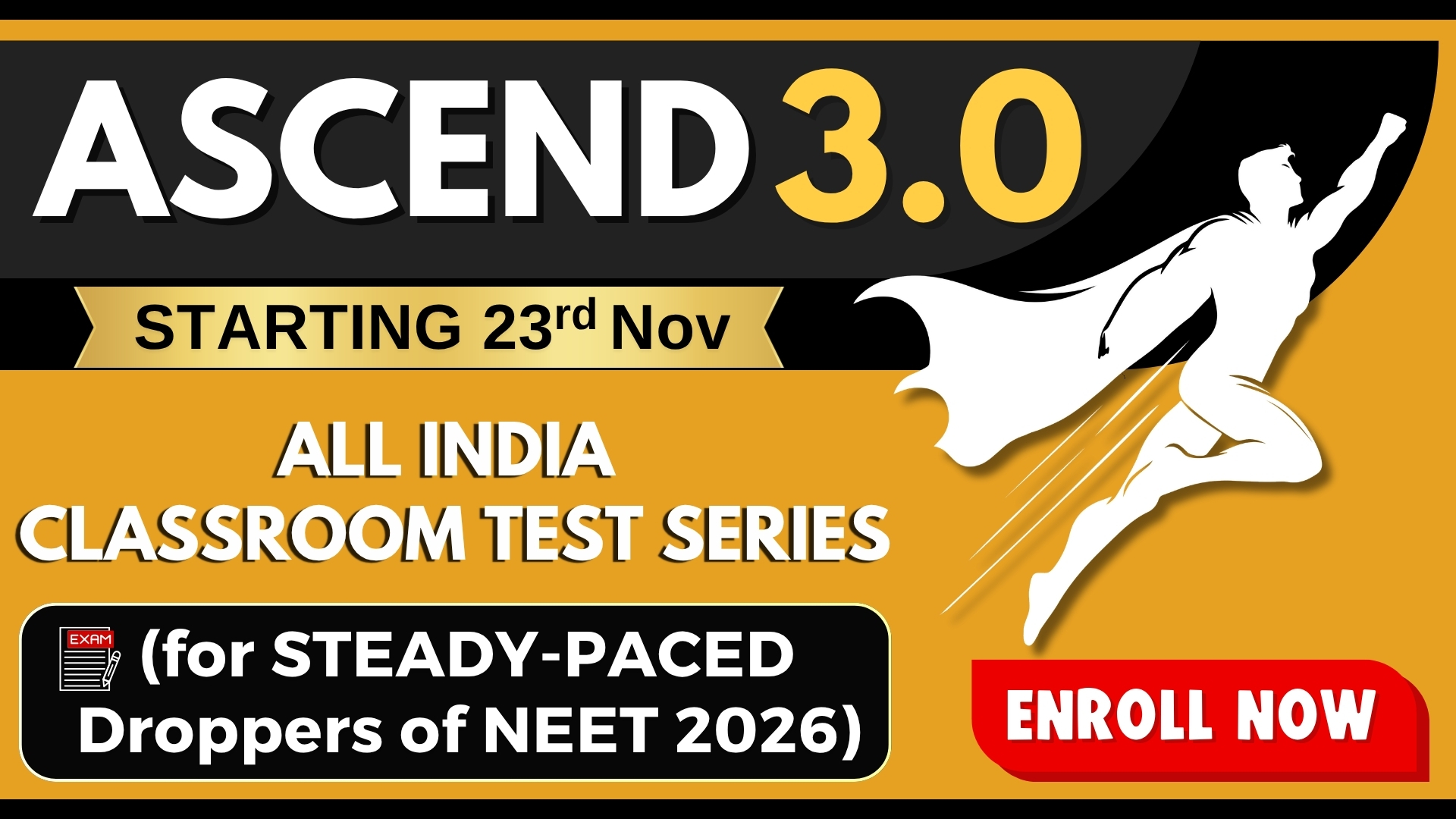Select Question Set:
Given below is a schematic representation of the events in the life cycle of Rhizopus. Find the correct match for A-D:

A
B
C
D
1.
Plasmogamy
Karyogamy
Meiosis
Sporangia
2.
Karyogamy
Plasmogamy
Meiosis
Sporangia
3.
Plasmogamy
Karyogamy
Mitosis
Conidiophores
4.
Karyogamy
Plasmogamy
Mitosis
Conidiophores
Subtopic: Kingdom Fungi: Sexual Reproduction in Fungi |
83%
Level 1: 80%+
Hints
The given figure shows the architecture of the cell wall of:
| 1. Archaebacteria 2. Gram positive bacteria 3. Diatoms 4. Dinoflagellates |
 |
Subtopic: Kingdom Protista: Chrysophytes |
68%
Level 2: 60%+
Hints
The given figure shows an organism capable of causing ret tides in water bodies that adversely affect the aquatic life. This organism can be:
| 1. Ctenoplana 2. Gonyaulax 3. Pennatula 4. Gorgonia |
 |
Subtopic: Kingdom Protista: Dinoflagellates |
97%
Level 1: 80%+
Hints
What would be true for the pathogen seen in the given slide of peripheral blood from a patient suffering from a certain disease?
I: The pathogen is Trypanosoma brucei gambiense.
II: It causes African Sleeping Sickness.
III: It is an amoeboid protozoan.
| 1. | Only I and II | 2. | Only I and III |
| 3. | Only II and III | 4. | I, II and III |
Subtopic: Protozoa |
77%
Level 2: 60%+
Hints
Identify the correct statement regarding the given figure:

1. I is correct but II is incorrect
2. I is incorrect but II is correct
3. Both I and II are correct
4. Both I and II are incorrect

| I: | It shows Nostoc – a filamentous blue green alga. |
| II: | The arrow shows specialised cell for fixing atmospheric nitrogen called heterocyst. |
2. I is incorrect but II is correct
3. Both I and II are correct
4. Both I and II are incorrect
Subtopic: Kingdom Monera: Bacterial Classification |
91%
Level 1: 80%+
Hints
Identify the Viruses A and B in the given diagram:


| A | B | |
| 1. | SarsCoV2 | HIV |
| 2. | HIV | SarsCoV2 |
| 3. | HSV 1 | HSV 2 |
| 4. | HBV | HAV |
Subtopic: Virus, Viroids & Prions |
78%
Level 2: 60%+
Hints
Given diagram shows the structure of Tobacco Mosaic Virus. Identify the correct match for A, B and C.
| A | B | C |  |
|
| 1. | 300 nm |
18 nm |
Single stranded RNA |
|
| 2. | 18 nm |
4 nm |
Single stranded DNA |
|
| 3. | 300 nm |
18 nm |
Double stranded RNA |
|
| 4. | 18 nm |
4 nm |
Double stranded DNA |
Subtopic: Virus, Viroids & Prions |
74%
Level 2: 60%+
Hints
Bacteria are of varied shapes. Identify the correct match for A, B and C in the given figure:
| A | B | C | |
| 1. | Spirocheate | Streptobacillus | Staphylococcus |
| 2. | Vibrios | Staphylobacillus | Streptococcus |
| 3. | Vibrios | Streptobacillus | Staphylococcus |
| 4. | Spirochaete | Staphylobacillus | Streptococcus |
Subtopic: Kingdom Monera: Bacterial Classification |
56%
Level 3: 35%-60%
Hints
Consider the given statements regarding bacterial cells in general:
I: A coccus is a rod shaped bacterium and a bacillus is a spherical bacterium.
II: Mycoplasma are bacteria that completely lack a cell wall and are obligatory anaerobes.
III: Only blue green algae, now in Kingdom Monera, are the bacteria that are capable of fixing atmospheric nitrogen as symbionts.
The incorrect statements are:
1. Only I
2. Only II
3. Only II and III
4. I, II and III
I: A coccus is a rod shaped bacterium and a bacillus is a spherical bacterium.
II: Mycoplasma are bacteria that completely lack a cell wall and are obligatory anaerobes.
III: Only blue green algae, now in Kingdom Monera, are the bacteria that are capable of fixing atmospheric nitrogen as symbionts.
The incorrect statements are:
1. Only I
2. Only II
3. Only II and III
4. I, II and III
Subtopic: Kingdom Monera: Bacterial Classification |
Level 3: 35%-60%
Please attempt this question first.
Hints
Please attempt this question first.
Regarding bacteria:
I: The rod shaped are called as cocci.
II: As a group they show the most extensive metabolic diversity.
III: Vast majority are chemosynthetic autotrophs.
1. Only II is correct
2. Only I and II are correct
3. Only II and III are correct
4. I, II and III are correct
I: The rod shaped are called as cocci.
II: As a group they show the most extensive metabolic diversity.
III: Vast majority are chemosynthetic autotrophs.
1. Only II is correct
2. Only I and II are correct
3. Only II and III are correct
4. I, II and III are correct
Subtopic: Kingdom Monera: Introduction | Kingdom Monera: Bacterial Classification |
66%
Level 2: 60%+
Please attempt this question first.
Hints
Select Question Set:








